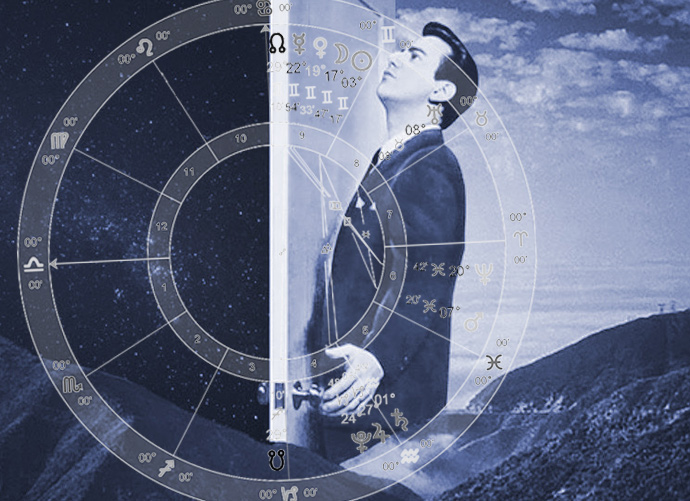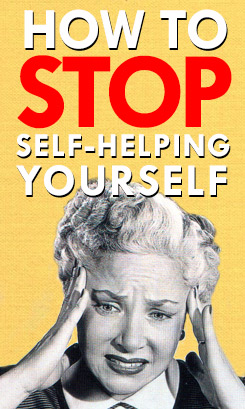The Spatial Quandary of Kala Sarpa Yoga

In India there is an astrological term that corresponds to our current pandemic-related claustrophobia.
This cosmic configuration is called the Kala Sarpa Yoga.
I’m not a Vedic astrologer but I’d asked my colleague Kate Petty about our current exaggerated sky pattern last month and she mentioned how, within Indian astrology, the pattern is considered extreme and perhaps inauspicious — and that got my head whirling. And so I did some research.
Kala Sarpa Yoga is generally studied in natal astrology and relates to a condition where the seven planets that are worked with in Vedic astrology (Sun, Moon, Mars, Venus, Jupiter, Saturn, Mercury) are trapped between Rahu (the Moon’s North Node) and Ketu (the Moon’s South Node).
Of course, modern Western astrology also includes Uranus, Neptune and Pluto in the pantheon. And this is why when I first started to consider our current sky pattern — where the Nodes have locked all of the solar system into one half of the zodiac, I was struck by the pattern’s literal correlation to the COVID pandemic and the feeling that — well, people feel trapped — frozen in time.
Think of it metaphorically: Picture a pie where all ten pieces of the pie are crammed into just one-half of the pie plate— instead of being evenly dispersed in the circle.
Just about anyone you talk to nowadays would acknowledge this feeling of restricted disproportion. It’s like we are forced into viewing the world through a pair of glasses where one of the lenses is blacked out or a blinder is in place on one side of the frames. Our ability to remain objective is severely compromised.
Kala means time, Sarpa means Serpent and Yoga means combination. So we could read Kala Sarpa Yoga, when considered within mundane (world-focused) astrology, as global consciousness trapped into one segment of time.
In Vedic astrology the Moon’s Nodes are based on a snake metaphor, whereas in Western astrology they are aligned with the image of a dragon. The Nodes in both systems are highly charged points that mark the eclipse cycles, and if you think of time as an actual entity — not just a conceptual creation — the Nodes would mark the entrance and exit points of force, within time’s body.
This is a topic for another article, but I’ll just say quickly that it was Rudolph Steiner‘s explanation of solar and lunar eclipses that made me reconsider the Moon’s Nodes in a different light.
What’s interesting is that the Kala Sarpa Yoga began to move into exactitude about a month before the Covid-19 pandemic was acknowledged as an encroaching and unavoidable health crisis. Read more
Join Us on the Stargazer Podcast May 25

On the weekend I got together — virtually — with Rachel and Andrei from the Aeolian Heart website to record two episodes for their Stargazer podcast.
The cast is debuting today May 25. And you can listen to the first episode here.
And you can listen to the second episode here.Â
Rachel, Andrei and I took on a free-for-all approach to the conversation and let imagination lead the way.
I was reminded, once again, that when you’re an astrologer you’re a lifelong student. Both of these artist/scholar/astrologers offered a wellspring of cogent astro-facets to consider.
• We covered everything from our fandom for art and culture critic Camille Paglia.
• To the conundrums of traditional astrology and the gnarly topic of prediction and dignities — and how potentially harmful those can be for a novice client. “Oh your Venus is in Virgo? I’m sorry!”
• We also consider the invasion of the Jungian world (synchronicity and archetypes) into modern astrology.
• Qualia (and wine tasting 🍷) and a language for describing the present moment.
• How has the astrologer’s ability to communicate astrology developed over time.
• Humanist philosopher Marsilio Ficino as a proto-psychological astrologer.
• Modern astrology’s indefatigable connoisseur Liz Greene.
• Morrisey‘s song Hairdresser on Fire — (you just have to listen to the episode).
• Please be advised that there is some salty language in the cast.
Enjoy the episode and you can leave us comments on my Facebook post here.Â
Be sure to visit Aeloion Heart and subscribe to Rachel’s newsletter — she’ll surprise you over and over with her scholarly astro-musings.
Happy listening and holiday!
Cheers,



















